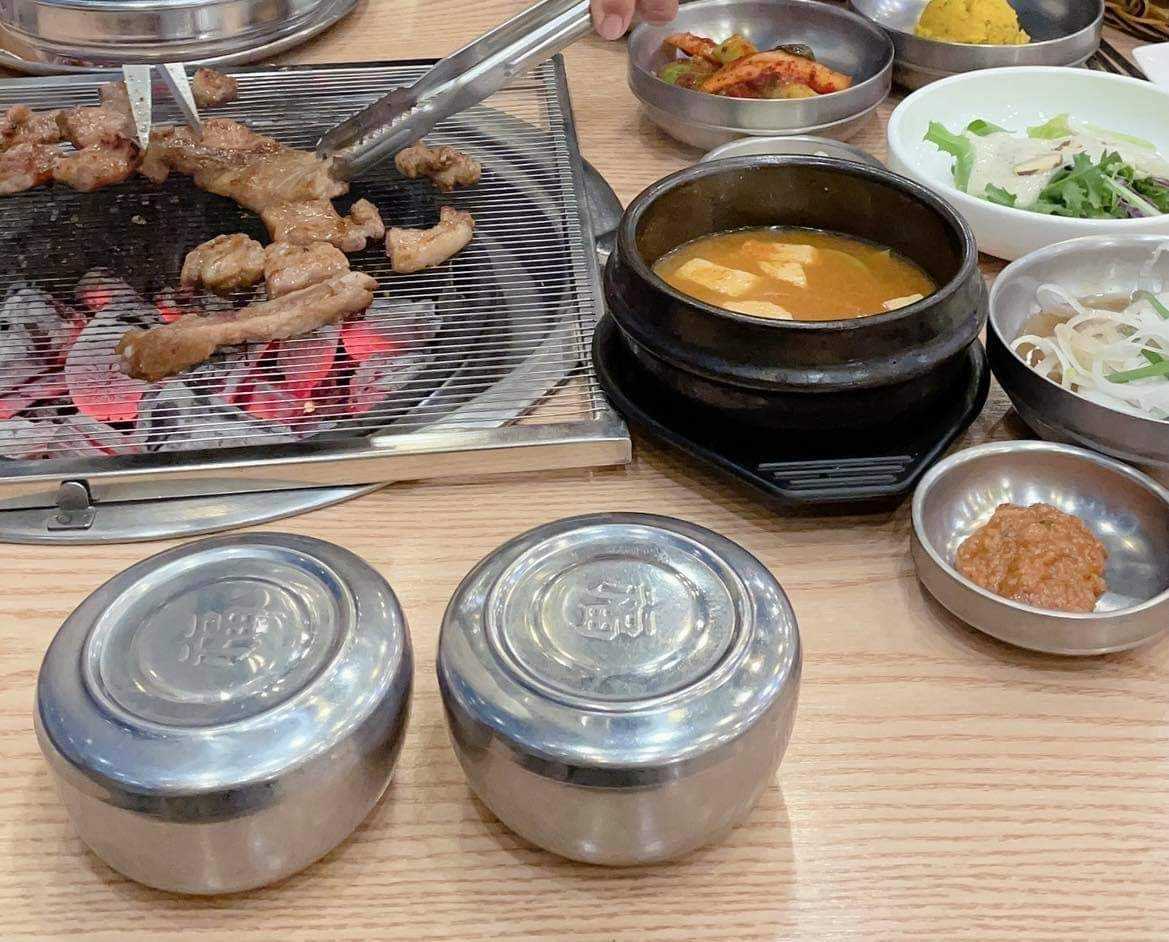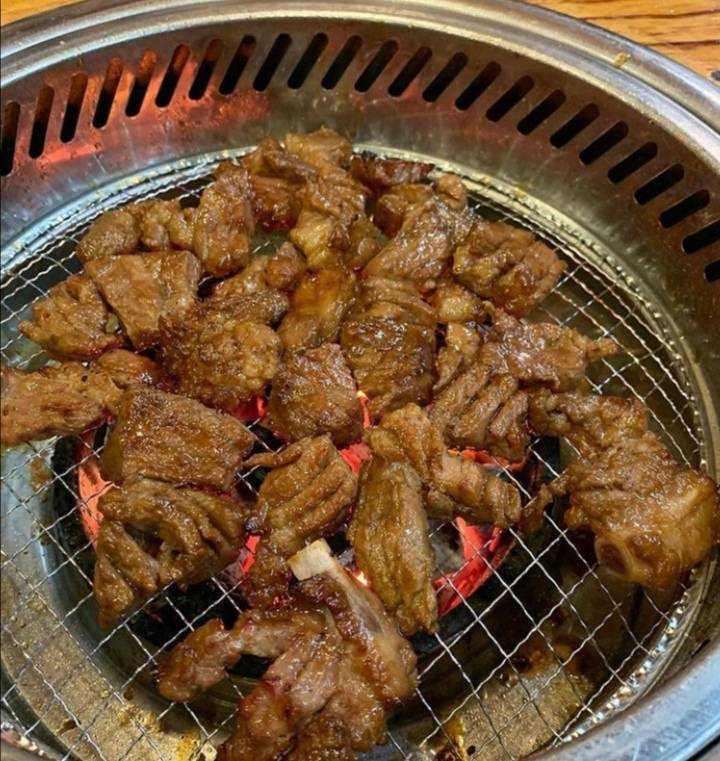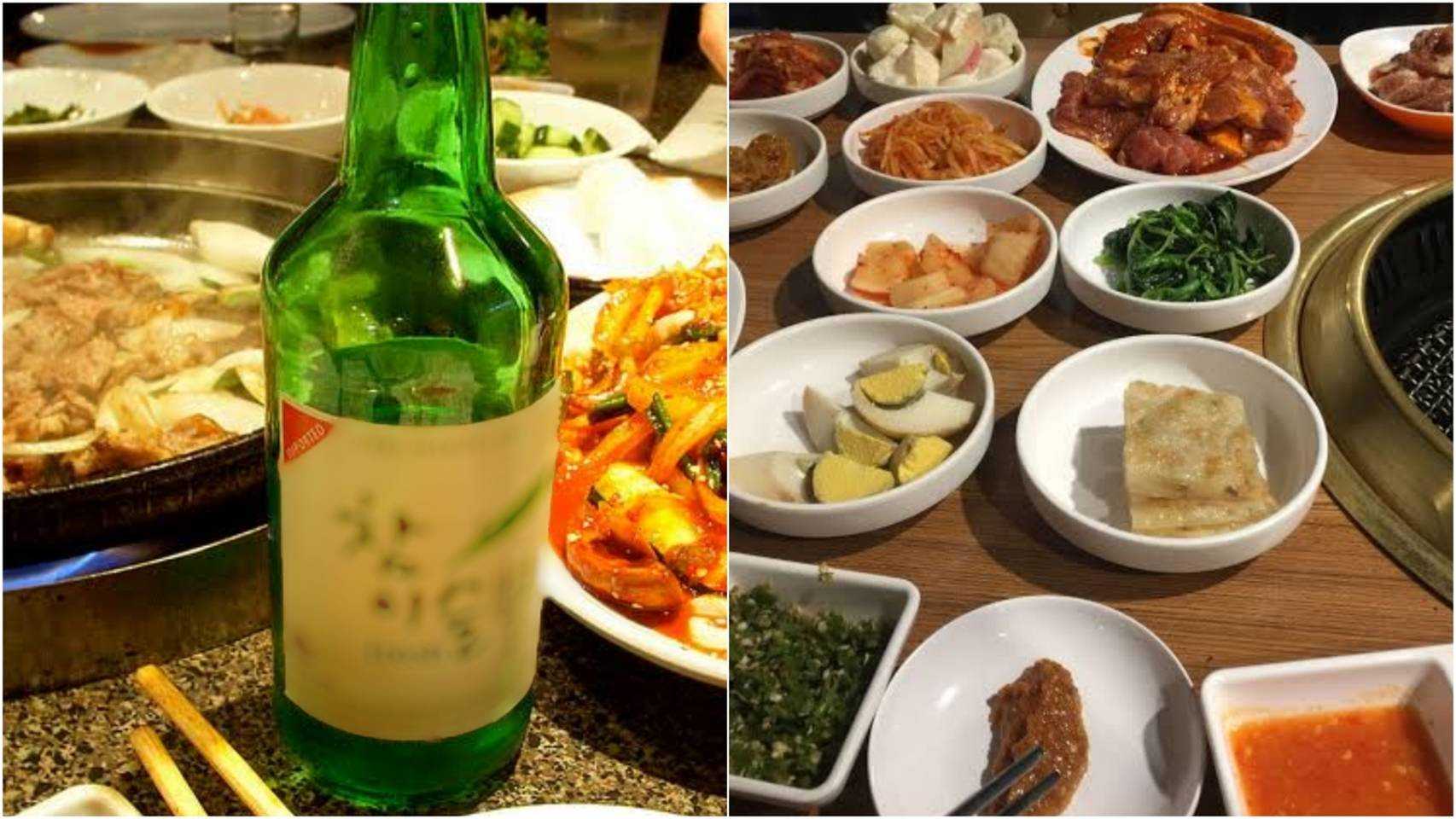It’s weekend night and you want to give yourself more than just a tap in the back for doing a great job for the week. What would be the best way to reward yourself?
How about something to sate your appetite? Like a sizzling Korean barbecue perhaps?
Let Kwave narrow down your barbecue choices by letting us run through the different kinds of Korean barbecue that would surely complete your weekend.
Most Korean restaurants have a built-in grill on the tables for customers to enjoy a genuine barbecue experience, especially if charcoal is used. But in other places, they only provide a portable stove and a griller. So brace yourself from the smoke of all that yummy goodness.
Korean barbecues are named on the cut of meat and the method of preparation - marinated or non-marinated. The first one on the list is a crowd-pleaser and its name is mistakenly used by foreigners as a generic term for Korean barbecue.
- SAMGYUPSAL (삼겹살)

Literally means ‘three layers of fat’, this cut of meat is much like our favorite bacon but more succulent. The meat is usually neither marinated nor seasoned, although marinated versions are popular recently.
Pork Belly cut can be a bit oily so it is usually eaten with kimchi, garlic, scallion salad all together in a lettuce wrap called ssam and then dipped in ssamjang (Korean spicy sauce). Mushrooms and garlic can also be grilled with the meat.
- BULGOGI (불고기)

This marinated beef slice is one of Korea’s leading traditional foods as its consumption can be traced back to the Goryu period. The term just refers to the beef-based dish, and others using pork or chicken are called pork bulgogi or chicken bulgogi.
It is common to use thin slices of beef sirloin and tenderloin, which are known to be tasty cuts, and cooked/grilled with the marinade broth which is made with soy sauce, sugar, and bile.
The meat’s flavor can be enhanced by combinations of chili peppers, scallion salad, garlic, and of course Kimchi.
- GALBI (갈비)

Galbi is the word for rib in Korean. This dish uses short ribs and is served either marinated in a sauce made from Korean pear juice, rice wine, soy sauce, garlic, sesame seed oil, and sugar or non-marinated. Different kinds of meat are used as the name of the dish changes accordingly: 돼지갈비구이 (dwaegi-galbi-gui) grilled pork ribs, 소갈비구이 (so-galbi-gui) grilled beef ribs and 떡갈비 (tteok-galbi) grilled short rib patties.
You might also hear 닭갈비 (dakk-galbi) chicken galbi, but this is not grilled chicken rib instead it is spicy stir-fried chicken pieces. It was named galbi as it used to be a replacement for the comparatively expensive grilled meat cuts like beef or pork. The dish was served in large portions to students and soldiers and eventually, earned the title the ‘commoner’s galbi'.
Like other grilled meats on the list, galbi is served with a side of leafy vegetables, which is used to wrap the sliced cooked meat. It is enjoyed with different kinds of banchan (side dishes) like kimchi, bean sprouts, and scallion salad.

A Korean barbecue meal is best with steaming kimchi soup or soybean soup to balance the oiliness of the meat. Do order Soju and Makgeolli, they are popular alcoholic drinks to go with your barbecue.
There’s only one thing left to do and that is to get moving and find a good barbecue place to enjoy all those barbecue cuts. Just a tip though, bring a large group so you can share, if not the meat and the alcohol, maybe the bill (wink).



